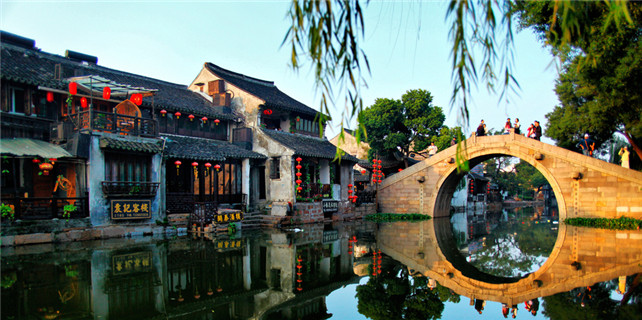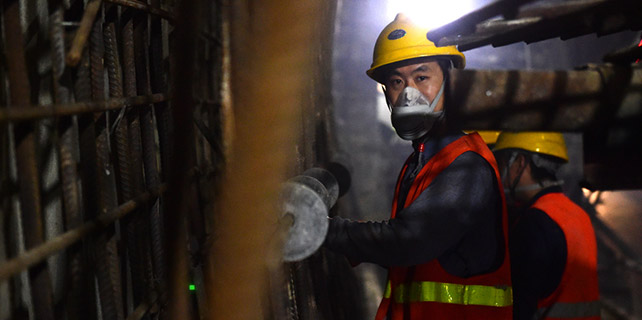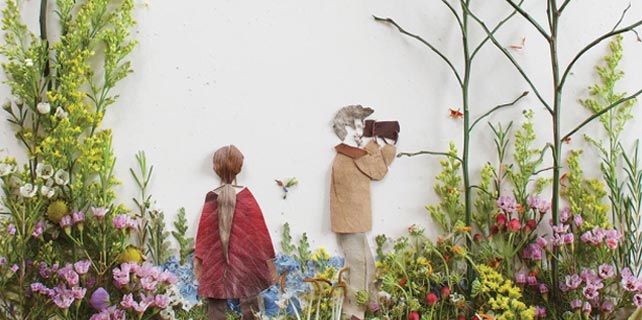Kerala fishermen tackle pollution, clam theft to protect wetland
One of their projects was to create fish sanctuaries based on a traditional method called 'padal' or 'fresh foliage' fishing.
To simulate mangroves, leafy mango and cashew branches were fixed to the lake bed to create a plankton bloom, attracting lots of fish. But these would be caught before they had time to lay eggs.
The LPFs decided to declare the areas "no-fishing zones" and erected bamboo fencing to prevent canoes from entering and casting nets.
Commercial fish varieties, including pearl-spots, red snappers and mangrove snappers, can now multiply in these sanctuaries where eels, water snakes and otters add to the biodiversity.
The Kannankara fish sanctuary, set up in 2013, benefits 300 families, said Dineshan.
An evaluation by experts from the Kerala University of Fisheries and Ocean Studies (KUFOS) and India's Central Marine Fisheries Research Institute (CMFRI) found healthy reproductive couples and larger shoals of fish larvae in the sanctuaries compared with other locations in the lake.
In other parts of Vembanad where fishermen are less ecologically minded, when they catch mother prawns, holding up to 100,000 larvae each, they sell them for $6 apiece to private prawn hatcheries instead of returning them to the lake, said KV Jayachandran, former director of research at KUFOS.
CMFRI has included fish sanctuaries in a set of recommendations on coastal adaptation to climate change, for nations in the South Asian Association for Regional Cooperation, and India will offer technical assistance to countries that want to introduce them.









